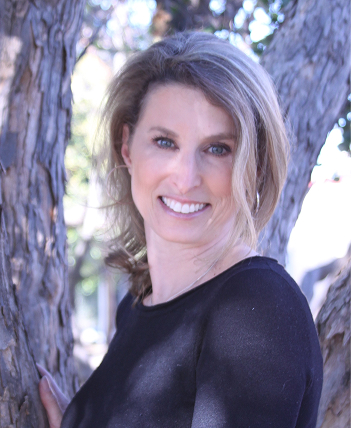
Anyone who believes in biofilm or who puts in foreign objects like breast implants needs to think about infection.
This was a study in the Aesthetic Surgery Journal March 2018. “Surgical Site Irrigation in Plastic Surgery.” It is a study out of Florida looking at what antibiotic or other type of irrigation is best used during surgery. It stemmed from the concern over the incidence of infection following breast implant reconstruction (breast cancer patients who reconstruct using breast implants) being quoted at 24%. (!) Of note, reconstruction rates of infection are much higher than in cosmetic breast augmentation. There are many theories why, including common use of drains following breast reconstruction. Knowing what to do for the hard cases (recon) though helps us be more effective with the less challenging cases (cosmetic).
They said there was a general lack of evidence based studies to look at which antibiotic irrigation really works. (Irrigation is when we bathe the wound and implant with antibiotics to try to prevent infection. This is important to avoid big infections and low grade infections like biofilm. Read my blogs here on biofilm.)
Study:
- In vitro model
- Strains of Staph aureus, MRSA, Group A Strep, Pseudomonas.
- Various antibiotic and antiseptic solutions were used
- triple antibiotic (baci, cefazolin, gentamycin)
- cefazolin, vancomycin and gentamicin (changing out bacitracin for vancomycin, which is a bigger hitting drug)
- 5% iodine, cefazolin, gentamicin
- 5% iodine, cefazolin, baci and gentamicin
- 5% iodine, bacitracin, vancomycin, and gentamicin (changing out cefazolin for vancomycin, which is a bigger hitting drug)
- control: lactated ringers.
- Different exposure times were used.
- The presence and quantity were estimated after 24 hour incubation.
- Repetition of the studies were done 5 times.
Results:
- Optimal agents were .05% chlorhexidine OR triple antibiotic solution
- Adding Vanco (a strong gram positive antibiotic) did not increase effectiveness. Vanco is used often for MRSA, so if it isn’t needed, we don’t want to increase its use so it stays effective against MRSA.
- Prolonged irrigation exposure time was necessary (30 minutes)
- Single agents were not effective for Bacitracin or Cefazolin alone (which are common to see). Gentamicin was effective, but only after being used for 30 minutes.
- Chlorhexidine had issues covering Pseudamonas
My thoughts?
Interesting study of a hard to study thing. I love when there is objective science analyzing what we do as a knee jerk response / what we were taught in residency.
This was a study in vitro, which is different than a study done in the body. They acknowledge this limitation, and suggest studying this in vivo (in people).
It supports the use of triple antibiotic irrigation, which in vivo studies have shown lowers capsular contracture rates, and is what I use in my practice.
They compared exposure at 5, 10, 15, and 30 minutes. It states triple antibiotic requires 15 minutes of exposure time. Chlorhexidine was faster, and I use it as a topical cleanser, but I have not used it internally. There is a new alert stating a rare (52 cases) of allergy to chlorhexidine, so I will stick with the triple antibiotic. How do you get 30 minutes of exposure? They state to use it during surgery, but don’t activate the drains to drain until after 30 minutes. For cosmetic breast augmentations, where no drains are used, I wonder if we are hitting that time of exposure already.
I use triple antibiotic solution like holy water during surgery- I clean the skin, the wound, irrigate out the implant pocket, soak the keller funnel, and soak the implant in it. I dip my gloves and all instruments in it once the implant is in. I really believe in biofilm and its relationship to capsular contracture.
It is nice to see a study which really compares different antibiotics and exposure times. It makes me consider how I can do even better.
NOTE:
There is some controversy about using betadine in the solution. The authors of this study do not like it because of negative healing effects. In the critiques of this study, some authors state that betadine should not have been discounted. (This is always using diluted betadine- never full strength).
The information provided on this website is for general informational purposes only and does not constitute medical advice, diagnosis, or treatment. Always seek the advice of a qualified healthcare provider for any questions regarding your health or medical condition.
